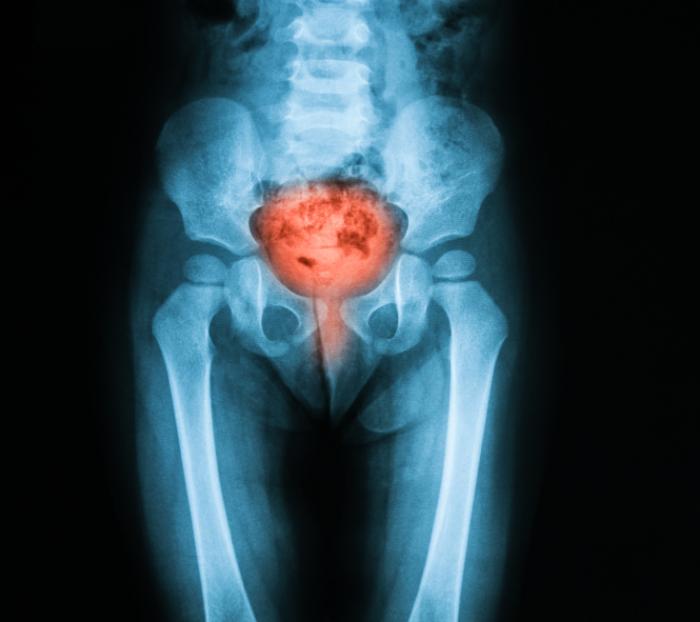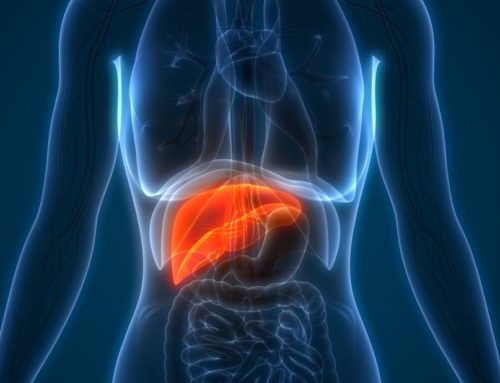Interstitial cystitis (IC) is a chronic painful bladder syndrome in which there is the presence of pelvic pain, bladder pain or pressure, and urinary frequency or urgency. The pain can range in severity from mild to severe.
It affects approximately 4-12 million people in the US alone, most of whom are women. The condition can affect anyone regardless of age, race, gender or ethnicity, however.1-3
Contents of this article:
You will also see introductions at the end of some sections to any recent developments that have been covered by MNT‘s news stories. Also look out for links to information about related conditions.
Fast facts on interstitial cystitis
Here are some key points about interstitial cystitis. More detail and supporting information is in the main article.1-3
- Those with IC have chronic urinary tract symptoms lasting more than 6 weeks in duration.
- Infection has not been identified as the cause of IC.
- IC affects around 4-12 million people in the US.
- At times, people with IC may also have concurrent irritable bowel syndrome, fibromyalgia and other pain syndromes.
- Physical or emotional stressors can worsen the symptoms of IC.
- Most people with IC are diagnosed aged 30 and above.
This Knowledge Center article will focus specifically on interstitial cystitis. Click on the link here for an article on common cystitis.
What is interstitial cystitis?
Interstitial cystitis is also commonly referred to as painful bladder syndrome (PBS), bladder pain syndrome (BPS) and chronic pelvic pain(CPP).2,3
IC is not a “one size fits all” diagnosis and currently has two recognizable subtypes:2
- Ulcerative IC: a subtype of IC that is characterized by red, bleeding patches on the walls of the bladder, called Hunner’s ulcers – it affects approximately 5-10% of those diagnosed with IC
- Non-ulcerative IC: this subtype of IC is characterized by pinpoint bladder wall hemorrhages referred to as glomerulations – it affects approximately 90% of those with IC, although the symptoms of non-ulcerative IC can also be present in any bladder inflammation.
Some cases of interstitial cystitis persist for more than 2 years. In these situations, patients progress to having hard bladders with pain and low urine volume capacity.2
Symptoms of interstitial cystitis
Signs and symptoms of interstitial cystitis may vary, although they typically include the following:1-3
- Chronic pelvic pain
- Pain in the perineum, urethra, lower abdomen and lower back
- Pain in the vulva or vagina in females
- Pain in the testicles or penis in males
- Urinary frequency and urgency
- Frequent urination of up to 60 times per day (often, the amount urinated is small)
- Bladder pain while full, and relief after emptying bladder
- Painful sex (dyspareunia).
Complications of interstitial cystitis
Complications from IC can vary from person to person but can include:1
- A reduction in bladder volume capacity
- Diminished quality of life
- Decreased or altered sexual intimacy
- Emotional distress.
Causes of interstitial cystitis
While the true cause of interstitial cystitis is unknown, there are several theories as to what causes the condition. Some possible causes include:1-3
- Defects in the epithelium (lining) of the urinary bladder causing irritation
- Bladder trauma or overdistention
- Pelvic floor muscle dysfunction
- Autoimmune disorders
- Primary neurogenic inflammation
- Spinal cord trauma
- Genetics or heredity
- Allergy.
Another possible cause of IC is sexual, physical or childhood abuse. More research is needed in this area, however.
Tests and diagnosis of interstitial cystitis
During the evaluation of a potential case of interstitial cystitis, several tests may be completed to make a diagnosis. These tests may include:1-3
- Medical history
- Completing a bladder diary
- Pelvic examination, including a neurological exam
- Urinalysis to rule out or diagnose an infection.
Other diagnostic tests that can be carried out include the following:
Potassium sensitivity test: this is a test in which potassium and water are instilled into the bladder. In healthy bladders, pain is not felt with either solution. In cases of IC, however, pain is typically experienced when the potassium is instilled.
Urodynamics: the bladder is filled to test its capacity by measuring the pressure during filling and draining. These tests evaluate the function of the bladder, urethra and sphincter muscles.
Cystoscopy: a diagnostic test in which a cystoscope (tube with a camera) is inserted into the bladder to evaluate its lining. A health care provider may also evaluate for bladder capacity with a cystoscopy.
Biopsy: during a cystoscopy, a biopsy may or may not be taken to evaluate for cancer or other bladder conditions which can cause pain similar to IC.
While the results may offer vague insight into what is causing the bladder pain, the presence of Hunner’s lesions is the only definitive diagnosis for interstitial cystitis.2 This does not mean, however, that the pain is not caused by IC if Hunner’s lesions are not present.
Treatments for interstitial cystitis
Treatment of interstitial cystitis is a complex task that can include many approaches. Potential treatments include:1-3
- Physical therapy or alternative therapies such as guided imagery, massage, energy therapy or acupuncture
- Diet and self-care modifications such as diet modifications, bladder retraining, stress management, smoking cessation, wearing loose clothing, exercise and enforcing healthy sleep habits
- Bladder distention
- Bladder instillations with mixtures including DMSO, sodium hyaluronate, Heparin and others
- Surgery to repair Hunner’s lesions such as laser surgery
- Neuromodulation such as the use of electrical nerve stimulators
- Injections such as Botox.
There are also several oral medications that can be taken to treat the pain caused by interstitial cystitis such as:
- Narcotic and non-narcotic medications
- Topical medications such as lidocaine patches, vaginal or rectal diazepam, topical amitriptyline
- Tricyclic antidepressants such as amitriptyline or imipramine (Tofranil)
- Antihistamines such as loratadine (Claritin)
- Pentosan (Elmiron)
- Immunosuppressants such as cyclosporine, mycophenolate (CellCept), and mycophenolate mofetil
- Alpha blockers (Flomax)
- Amphetamines
- Antiseizure medications (Neurontin)
- Histamine blockers (Tagamet, Zantac, Pepcid)
- Leukotriene inhibitors
- Prostaglandins (NSAIDS, ibuprofen)
- Urinary antacids (potassium or sodium citrate, tricitrates)
- Urinary tract antispasmodics (Detrol, Toviaz, VESIcare or certain herbal therapies).
If you think you may have interstitial cystitis, speak with your health care provider for further evaluation and to discuss treatment.
Recent developments on bladder conditions from MNT news
Lab work discovers bladder cell secret against urinary infection
Biologists previously thought that when bacteria were encapsulated by a neutralizing lysosome, these only degraded the invaders, but scientists have now discovered that bladder cells can also simply “throw up” those capsules that have failed to neutralize their contents.





